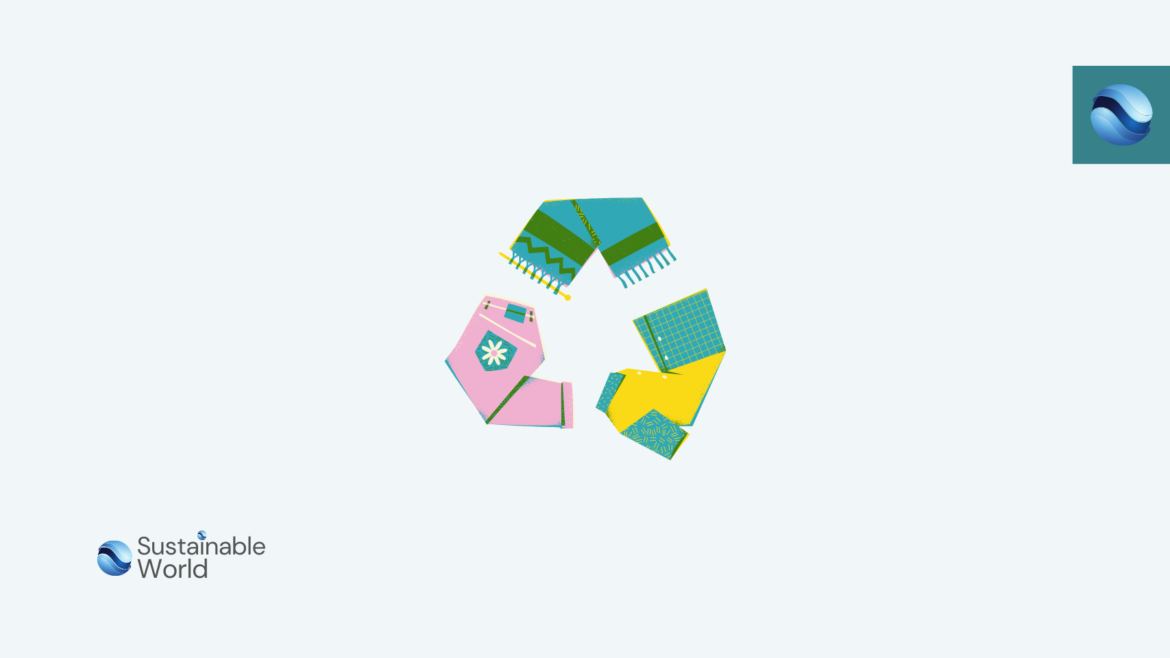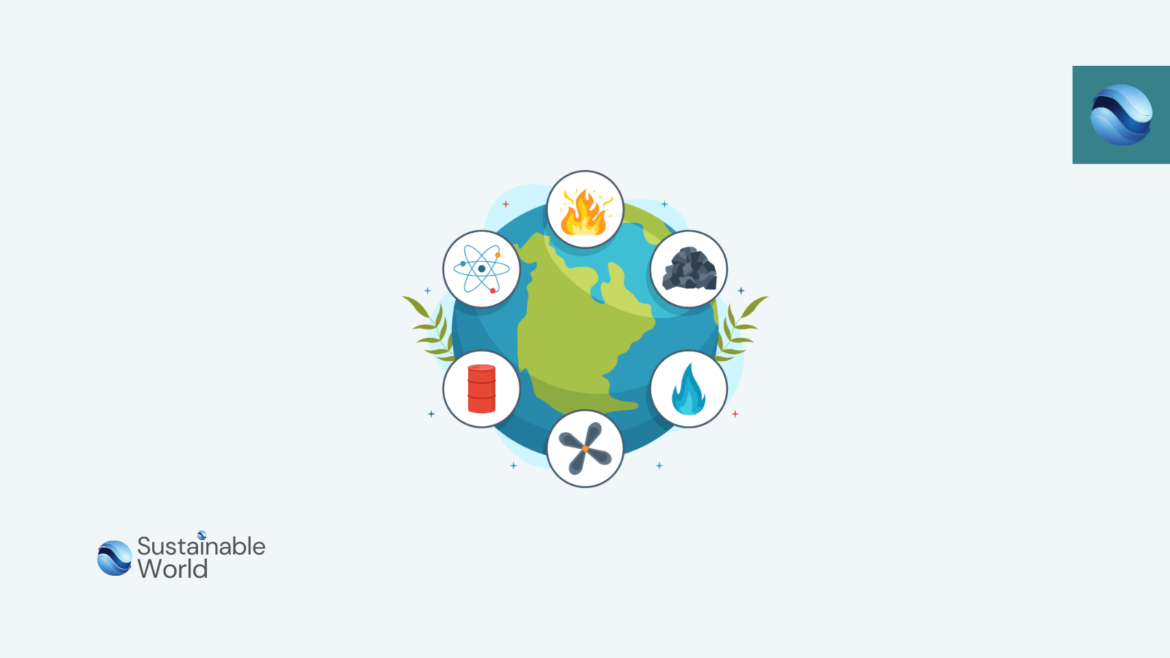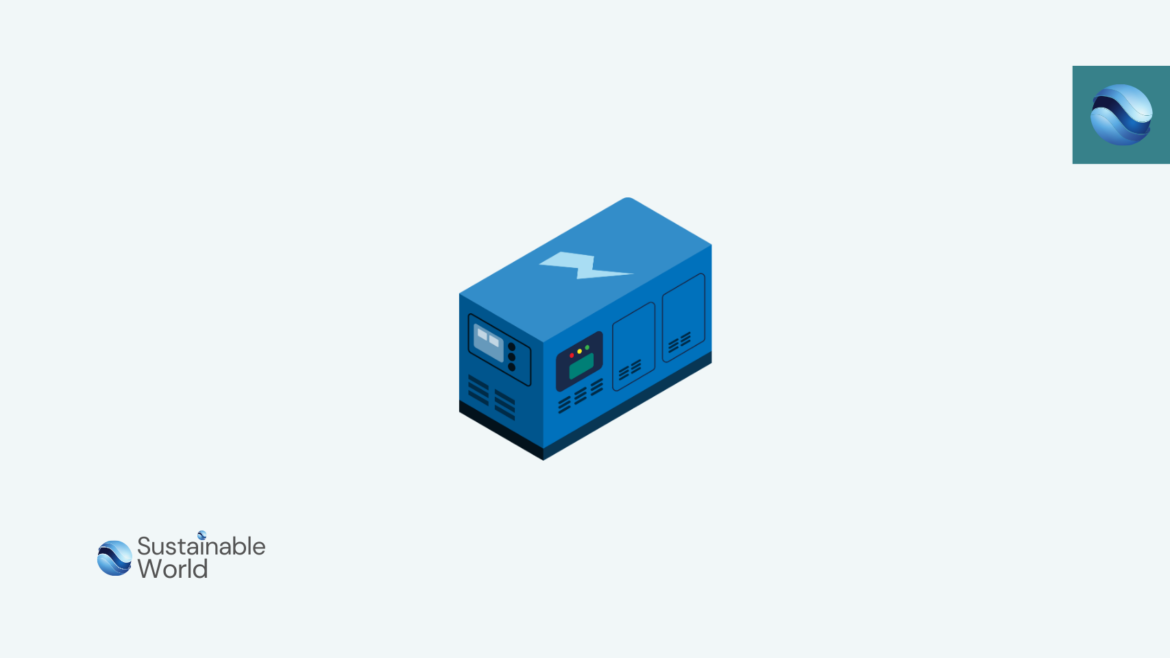Sustainable Fashion Alternatives: Making Eco-Friendly Choices in Your Wardrobe
In a world where fast fashion dominates the market, it’s more important than ever to consider the impact our clothing choices have on the environment. The fashion industry is one of the largest polluters in the world, with massive amounts of waste and carbon emissions contributing to climate change. However, there are sustainable fashion alternatives that can help reduce our carbon footprint and promote ethical practices in the industry.
In this blog post, we will explore some eco-friendly options for your wardrobe that are both stylish and sustainable.
The Impact of Fast Fashion on the Environment
The Problem with Fast Fashion
Fast fashion is a term used to describe the mass production of inexpensive clothing that is quickly and cheaply made to keep up with the latest trends. This model encourages consumers to buy more clothes than they need, leading to a cycle of overconsumption and waste. The fashion industry is responsible for vast amounts of pollution, from water contamination due to dyeing processes to the release of greenhouse gases during production and transportation.
The Rise of Sustainable Fashion
As awareness of the environmental impact of fast fashion grows, more and more consumers are seeking out sustainable alternatives. Sustainable fashion focuses on ethical practices, such as using eco-friendly materials, reducing waste, and promoting fair labor practices. By supporting sustainable fashion brands, consumers can help reduce the industry’s impact on the environment and support a more ethical supply chain.
Sustainable Fashion Alternatives
Ethical Clothing Brands
One of the easiest ways to support sustainable fashion is by purchasing clothing from ethical brands. These brands prioritize transparency in their supply chain, ensuring that workers are paid fair wages and work in safe conditions. Many ethical brands also use eco-friendly materials, such as organic cotton, hemp, and recycled fabrics. By supporting these brands, consumers can feel confident that their clothing choices are making a positive impact on the environment and supporting ethical practices in the industry.
Vintage and Second-Hand Clothing
Another sustainable fashion alternative is to shop for vintage and second-hand clothing. By purchasing pre-loved items, consumers can reduce the demand for new clothing production and extend the lifespan of existing garments. Thrifting is not only environmentally friendly but also budget-friendly, allowing consumers to find unique and stylish pieces at a fraction of the cost of new clothing. Embracing vintage and second-hand fashion is a great way to reduce waste and support a circular economy.
Sustainable Materials
When shopping for new clothing, it’s important to look for items made from sustainable materials. Organic cotton, for example, is grown without the use of harmful pesticides and chemicals, making it a more environmentally friendly option than conventional cotton. Other sustainable materials to look for include hemp, bamboo, and Tencel, which are all renewable resources that require less water and energy to produce. By choosing clothing made from sustainable materials, consumers can reduce their carbon footprint and support eco-friendly practices in the industry.
Capsule Wardrobes
Capsule wardrobes are a minimalist approach to fashion that emphasizes quality over quantity. By curating a small collection of versatile and timeless pieces, consumers can create a wardrobe that is both stylish and sustainable. Capsule wardrobes encourage consumers to invest in high-quality items that will last for years, rather than following fast fashion trends that quickly go out of style. By embracing a capsule wardrobe, consumers can reduce their consumption and waste while still looking chic and put-together.
DIY and Upcycling
For those who are crafty and creative, DIY and upcycling are great ways to incorporate sustainable practices into your wardrobe. Upcycling involves transforming old or unused clothing into new and stylish pieces, reducing waste and giving new life to forgotten items. DIY projects, such as sewing and knitting, allow consumers to create their own clothing and accessories, using sustainable materials and reducing reliance on mass-produced items. By embracing DIY and upcycling, consumers can express their creativity while promoting sustainability in their wardrobe.
Conclusion
As the fashion industry continues to grapple with its environmental impact, it’s more important than ever for consumers to consider sustainable fashion alternatives. By supporting ethical brands, shopping for vintage and second-hand clothing, choosing sustainable materials, embracing capsule wardrobes, and exploring DIY and upcycling, consumers can make eco-friendly choices in their wardrobe that support a more sustainable future. By making conscious decisions about our clothing purchases, we can help reduce the fashion industry’s carbon footprint and promote ethical practices in the industry. Sustainable fashion is not just a trend—it’s a movement towards a more sustainable and ethical future for the fashion industry.











